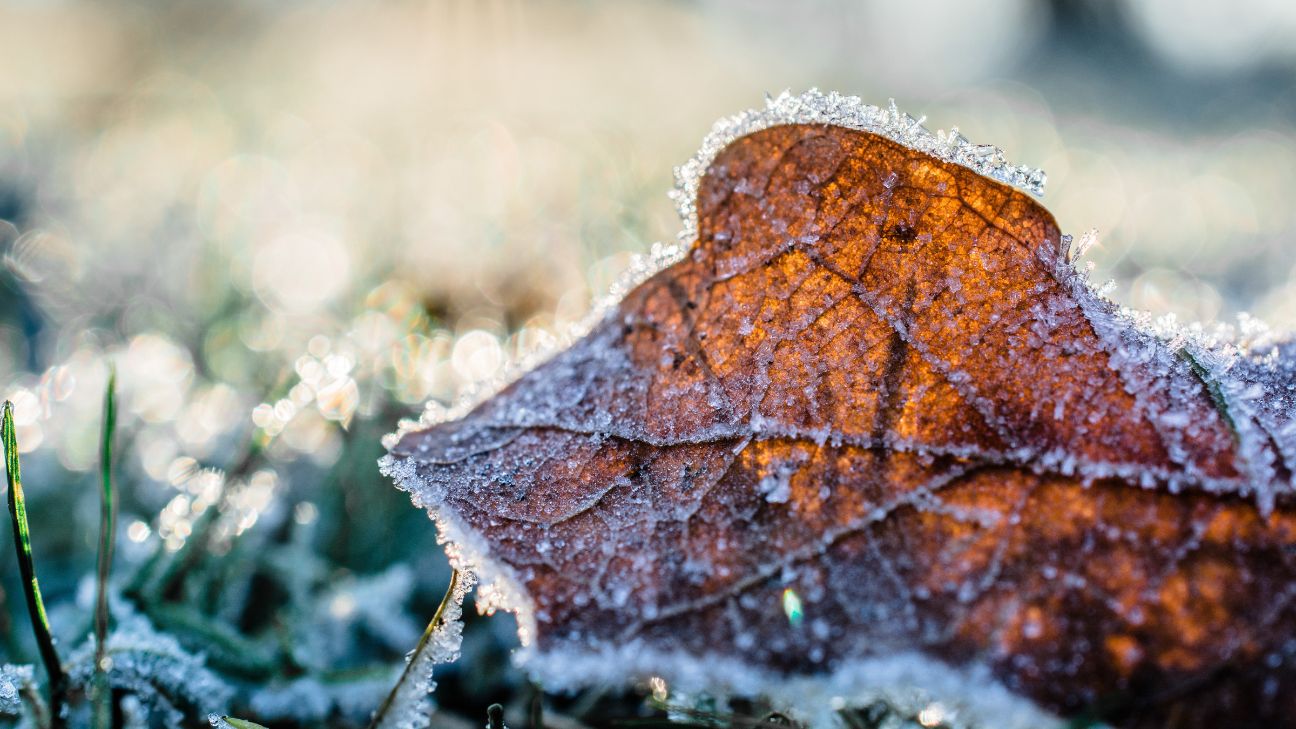Protecting Plants from Freezing & Damage
What to do with Freeze Damaged Plants
What to do with plants during frost? It is hard to predict the weather, and even meteorologists are surprised sometimes. Just when you think you’re in the clear, a surprise frost pops in and settles on your garden. It’s important to know your zone’s frost dates, since this will give you a good window of when to expect a frost. Keep in mind that frost dates are meant to be guidelines and they aren’t set in stone. These dates are based on historical data and there is a decent chance that a frost will come outside of your frost date range.
Prevent Frost Damage if You Can
Monitor the Weather
It’s a good idea to always keep an eye on the weather forecast, especially if you have garden plants that are frost sensitive. The temperature doesn’t have to be below freezing for a frost to form – frost can develop in an air temperature of 40° F.
Humidity is also a major factor in frost formation. Keep an eye on the forecasted dew point – the closer it is to freezing, the more likely it is that a frost will form in your garden. Since soil is usually cooler than the air temperature, it might be a good idea to keep a soil thermometer in place. This way, you have an idea of how much cooler your soil might be relative to the forecasted temperature.
Ways to Protect from Frost
If you’re able to act before a frost is expected, there are a few things you can do to protect your plants. First, establish which plants need protection. Some cool season vegetables and hardy plants do perfectly fine in frosts, and don’t need anything at all!
Commercial Plant Covers
There are lots of plant covers on the market, available in different sizes and styles. If you need to protect low-growing plants in a garden bed, these large garden cloths are perfect. Just loosely cover the plants and anchor the cloths with soil, rocks, or anything you can find. There are also frost jackets available in different sizes to protect shrubs and young trees. Whatever you decide to use, try to cover your plants before sundown to trap as much heat as possible, and secure them to keep freezing air from creeping in.
Oil Blankets or Sheets
These are great for lower growing shrubs and garden plants, and you probably already have some on hand. As with tarps or commercial plant covers, try to cover the plants before sunset to trap as much heat as possible, and anchor the blankets or sheets in place.

Pine Straw
Pine straw mulch is an affordable, effective insulator that works great to keep soil warm in the winter and cool in the summer. It’s also easy to remove once the threat of frost has passed. For larger plants, you might need an additional cover, since pine straw will only protect what’s close to the ground.
Make Sure Your Plants Are Watered
Plants that are weakened by drought are likely going to fare much worse than healthy ones, so make sure everything is watered. Not too much, but only what they need.
When the Best Laid Plans Fail
Unfortunately, there are times where we just can’t prevent frost damage to our garden. We get busy with life, and weather flukes happen all the time. If a frost snuck up on you and damaged your garden plants, there are some things you can do to help salvage your plants.

Gently Water While Still Frost Covered
It might sound counterintuitive, but this is an old gardener’s trick. While the plants are still frosted, but before the sun hits them, gently water them from above. A watering can will work perfectly, or you can put the garden hose nozzle on a mist setting.
Remove Frost Damaged Growth
Once any threat of frost as passed, prune all damaged parts of your plant to stimulate new growth. With hand pruners or loppers, cut down to a healthy sideshoot or bud. Apply a fertilizer or compost, but don’t overdo it, especially with fertilizer, since this can lead to root burn in already sensitive plants. Water the frost damaged plant lightly to avoid shocking it.

